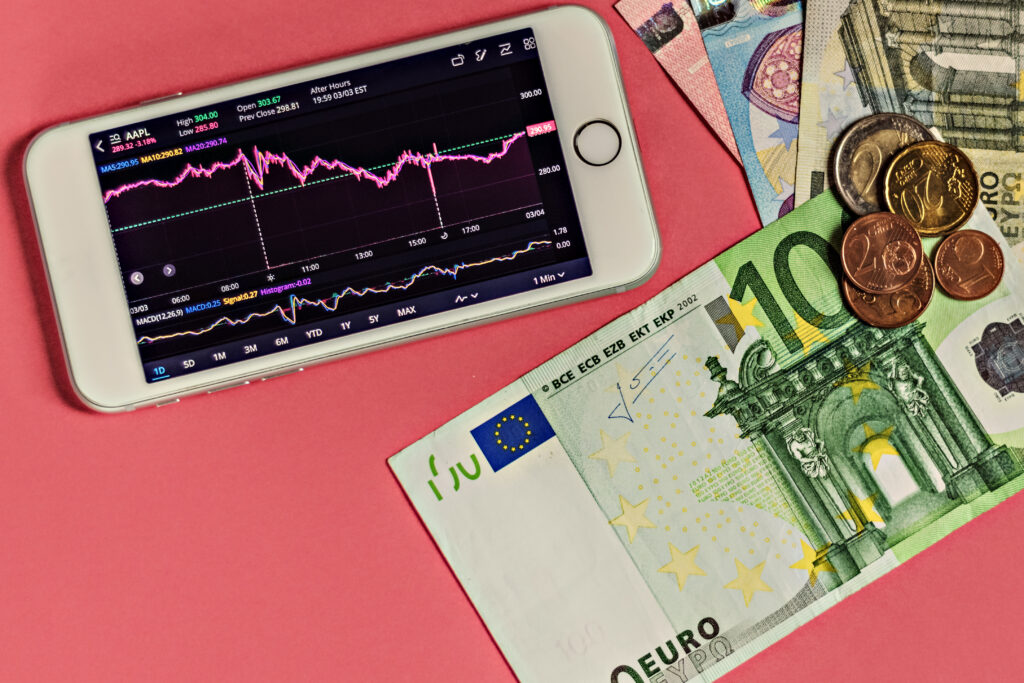Introduction
The foreign exchange (forex) market is the largest and most liquid financial market in the world, where currencies from every country are traded daily. With trillions of dollars exchanged, it supports global trade, investment, and financial stability. Within this vast system, forex market trends play a crucial role, shaping how currencies behave and how investors respond to opportunities across different economies.
Forex market trends, however, do not appear the same everywhere. In developed economies such as the United States, Japan, and the Eurozone, these trends usually show more stability and predictability. Safe-haven currencies like the US dollar and Japanese yen attract investors during times of uncertainty, reflecting the confidence and security associated with developed markets.
By contrast, forex market trends in developing economies often display higher volatility. Rapid growth, inflationary pressures, and political instability can create unpredictable movements. While this volatility poses risks, it also offers investors the chance for higher rewards if they manage their strategies wisely.
For traders and investors, understanding the difference in forex market trends between developing and developed economies is essential. Knowing when to rely on stable currencies for security and when to engage with volatile markets for greater returns can be the key to success.
In this article, we will explore the major factors influencing forex market trends across economies. By examining economic stability, monetary policy, trade balances, political conditions, liquidity, and risk tolerance, we will highlight how these differences shape currency movements. This knowledge can help investors make smarter, more strategic decisions in the world’s largest financial market.
Economic Stability vs. Volatility
One of the key distinctions between developing and developed economies lies in their level of stability. Developed economies such as the United States, Japan, Germany, and the United Kingdom tend to have stronger institutions, mature financial systems, and predictable economic policies. This translates into currencies that are less prone to sudden swings. Their currencies, like the US dollar or Japanese yen, are often considered safe havens in times of global crisis, attracting significant investor interest.
On the other hand, developing economies frequently struggle with challenges such as political instability, inflationary pressures, and weaker financial institutions. These factors create uncertainty that often leads to greater volatility in their currencies. Traders dealing in emerging market currencies must be prepared for larger fluctuations, which can result in either significant profits or steep losses.
For example, during global financial stress, investors often move away from currencies like the Brazilian real or Turkish lira and into safe-haven assets like the US dollar or Swiss franc. Understanding this dynamic helps traders adjust strategies to minimise risk.
Interest Rates and Monetary Policy
Central banks play a critical role in shaping currency strength through their monetary policies. In developed economies, central banks often maintain relatively low interest rates to encourage borrowing, lending, and economic stability. A side effect of low rates is that the currency may weaken, as investors search for higher yields in other markets.
In contrast, central banks in developing economies are more likely to use higher interest rates as a tool to control inflation and stabilise their economies. Higher rates attract foreign capital because international investors seek better returns, and this inflow of capital can strengthen the local currency.
For instance, when the US Federal Reserve lowers interest rates, the US dollar may weaken. Meanwhile, if India’s Reserve Bank raises interest rates to fight inflation, the Indian rupee may strengthen as foreign investors pour money into the country’s assets. Traders must monitor interest rate changes and central bank decisions closely, as these are some of the most direct drivers of forex market movement.
Trade Balance and Export Strength
The trade balance of a country—whether it imports more than it exports or vice versa—also influences forex trends. Developed economies, like the United States, often run trade deficits, meaning they import more goods and services than they export. Persistent deficits can put downward pressure on a country’s currency because more local currency is exchanged for foreign currency to pay for imports.
Developing economies, however, often rely heavily on exports to drive economic growth. A strong export sector can boost their currencies as global buyers demand the local currency to purchase goods. For example, economies such as China and Vietnam benefit from strong export demand, which supports their currencies over time.
This difference explains why traders closely watch export data, trade agreements, and balance of payments reports. A shift in trade performance can quickly change currency demand and influence forex markets worldwide.
Political Stability
Political stability is another decisive factor in forex market trends. Developed economies usually have stronger institutions and more consistent governance. This stability fosters investor confidence and supports currency strength, since traders prefer to invest in countries where policies and laws are predictable.
Developing economies, however, often experience political uncertainty, ranging from frequent leadership changes to policy instability. Such events can cause sudden shifts in investor sentiment and lead to rapid currency depreciation. For example, unexpected policy changes or political unrest in countries like Argentina or South Africa often trigger sharp currency volatility.
Traders must always weigh the political environment when choosing which currencies to trade. Even strong economic fundamentals can be undermined by political turbulence, making stability a valuable advantage for developed economies.
Market Liquidity
Liquidity refers to how easily a currency can be traded without significantly affecting its price. Currencies from developed economies—such as the euro, dollar, pound, and yen—are part of the world’s most traded pairs. These pairs, like EUR/USD or USD/JPY, enjoy high liquidity, narrow spreads, and lower transaction costs. This makes them attractive to traders who prefer consistency and efficient pricing.
By contrast, currencies from developing economies typically have lower liquidity. This means spreads are wider and transaction costs higher. In some cases, large trades can cause noticeable price shifts, making emerging market currencies riskier for traders without proper strategies.
For investors, liquidity is an important consideration. Highly liquid markets are easier to enter and exit quickly, while illiquid ones demand careful planning.
Risk Tolerance and Diversification
Trading forex in developed versus developing economies requires different levels of risk tolerance. Developed economies provide more stability but generally offer lower profit margins. Developing economies, on the other hand, offer higher potential returns but carry much greater risks due to volatility and uncertainty.
This is why diversification is so important. A trader who spreads investments across both developed and emerging market currencies balances risk with opportunity. For example, holding trades in both USDJPY and USDBRL (Brazilian real) allows exposure to safe-haven stability and high-risk, high-reward potential.
Understanding personal risk tolerance helps traders decide whether they are better suited to the safety of developed currencies or the potential rewards of developing ones. A thoughtful mix of both can create an optimised trading strategy.
Conclusion
Analysing forex market trends in developing and developed economies is essential for anyone seeking to make informed investment decisions. Each type of economy offers unique opportunities and challenges shaped by economic stability, monetary policy, trade balance, politics, liquidity, and risk tolerance.
Unlocking profit potential requires more than chasing returns—it demands a clear understanding of these differences and the ability to adapt trading strategies accordingly. Developed economies may provide stability and confidence, while developing economies present chances for higher gains alongside higher risks.
For successful forex trading, staying informed, diversifying investments, and aligning strategies with financial goals and risk appetite is key. Whether navigating the steady waters of developed economies or the volatile waves of developing ones, knowledge and adaptability remain the trader’s strongest assets.
FAQs
What are forex market trends?
Forex market trends refer to the overall direction of a currency pair’s price movement. They can be bullish (upward), bearish (downward), or sideways (range-bound).
How can I identify forex market trends?
Traders use tools like moving averages, trendlines, and chart patterns. Economic indicators and news events also help confirm the trend direction.
What causes forex market trends to change?
Shifts in supply and demand, central bank policies, economic data releases, and geopolitical events are the main drivers of trend changes.
What is a bullish trend in forex?
A bullish trend occurs when a currency pair’s price rises consistently. Traders often look for buy opportunities in bullish conditions.
What is a bearish trend in forex?
A bearish trend happens when a currency pair’s price falls steadily. In this case, traders generally seek selling opportunities.
How long do forex trends last?
Trends can last minutes, hours, days, or even months, depending on the time frame and overall market conditions.
Can I trade during sideways trends?
Yes. Traders often use range-trading strategies, buying near support levels and selling near resistance during sideways markets.
What is a trend reversal in forex trading?
A trend reversal is when the market changes direction, for example, from bullish to bearish, signalling a potential new trading opportunity.
How can I manage risk when trading forex trends?
Setting stop-loss orders, using proper position sizing, and diversifying across pairs are effective ways to manage risk.
Can beginners profit from forex market trends?
Yes. With proper education, practice, and discipline, beginners can benefit. Starting with a demo account before live trading is strongly recommended.
Read our latest article on Impact of IMF
Click here to read more on forexsignals.best




